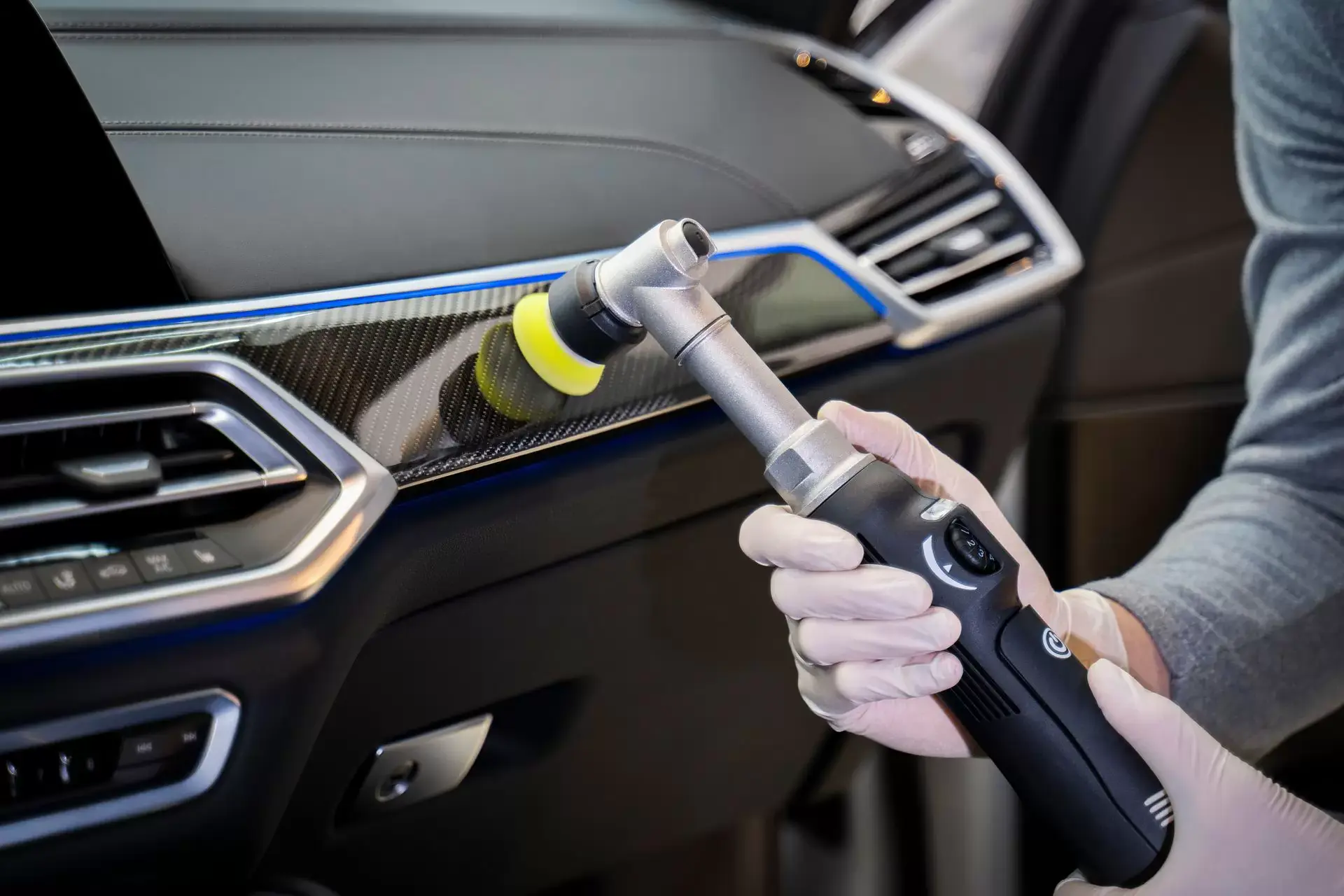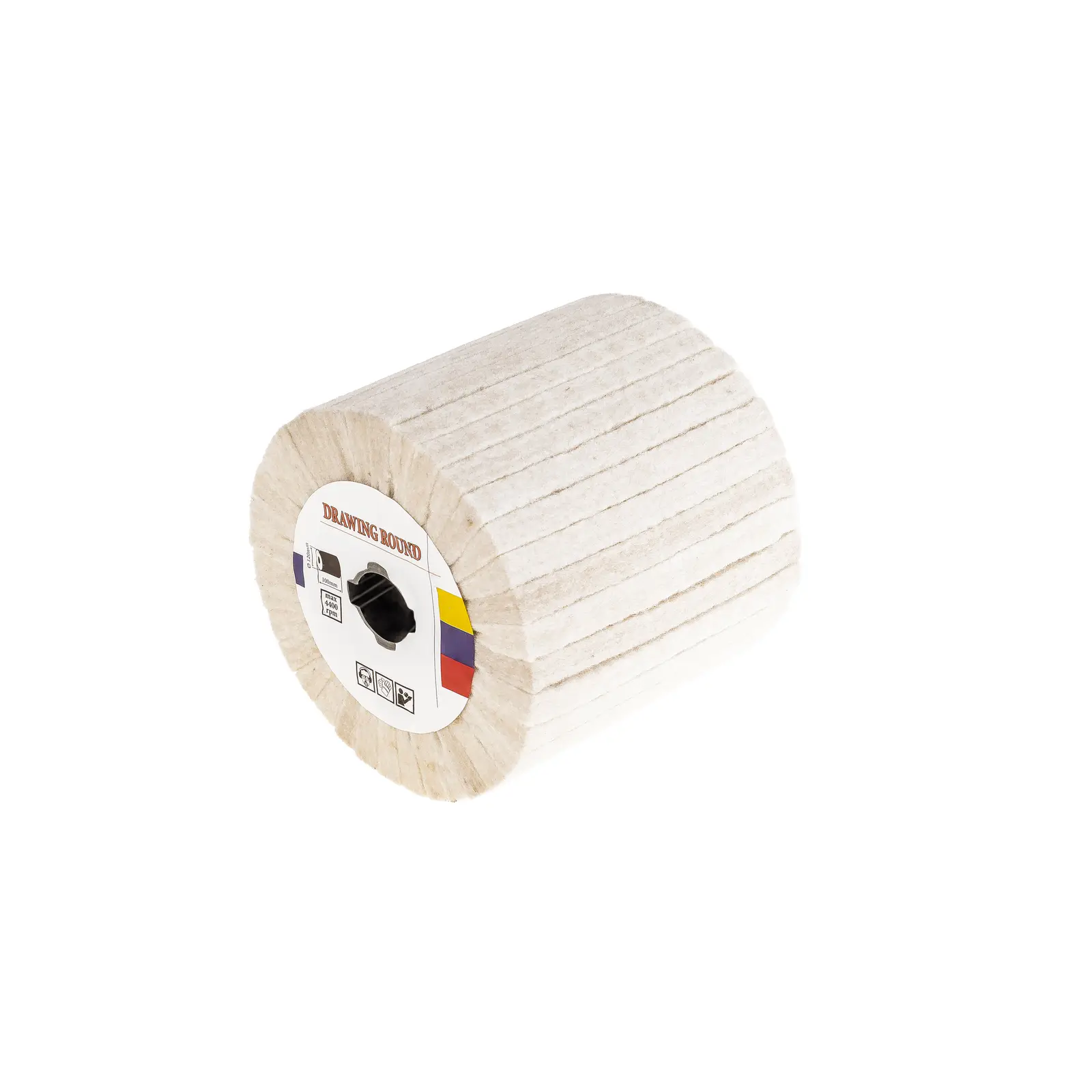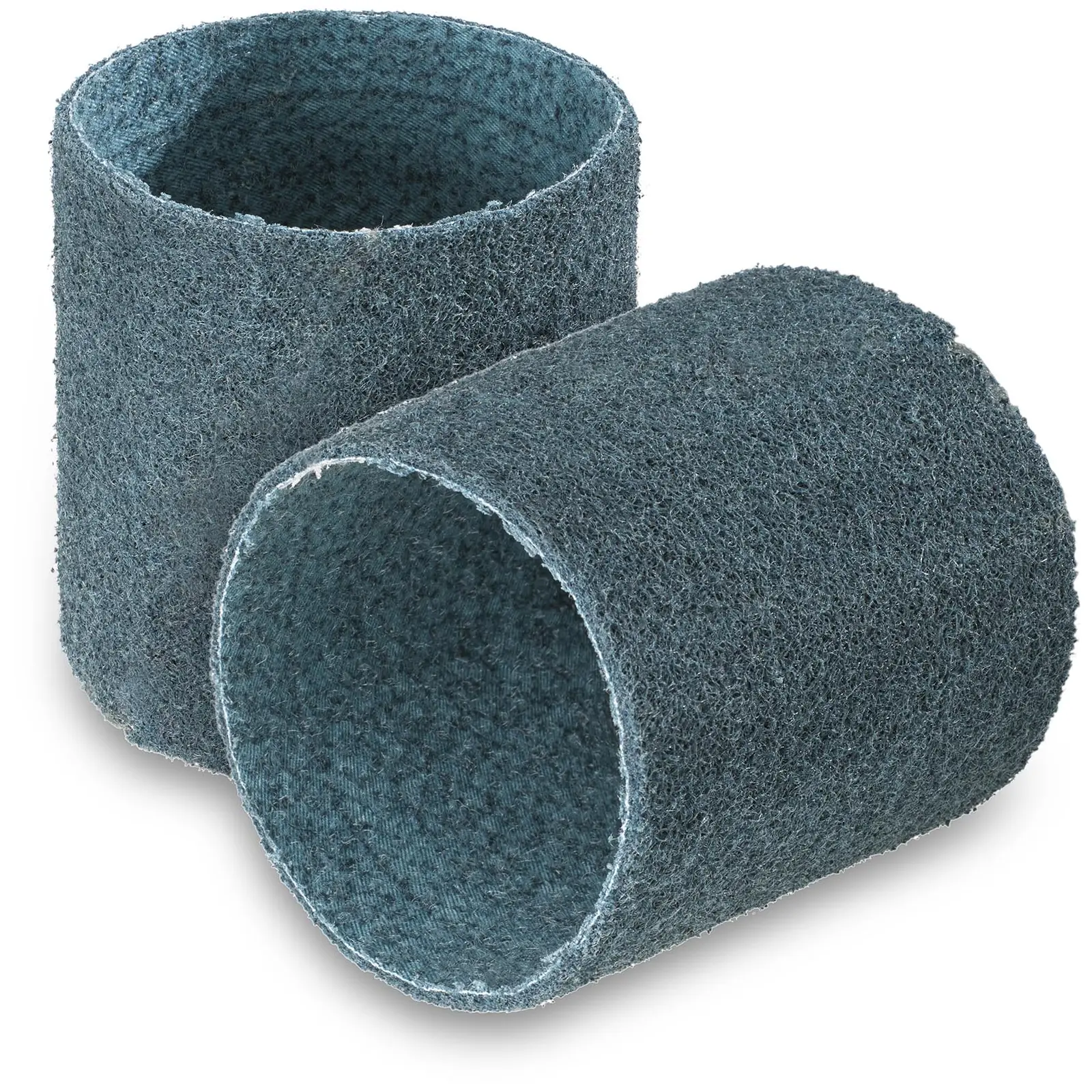When polishing plastic, always bear in mind that many types of plastic are susceptible to heat, which is generated when the top layer of the material is scraped off. So how can you polish plastic without damaging it? Read our guide and find out.

When polishing plastic, always bear in mind that many types of plastic are susceptible to heat, which is generated when the top layer of the material is scraped off. So how can you polish plastic without damaging it? Read our guide and find out.
When should you polish plastic?
Polishing plastic is aimed at restoring its surface, bringing back its original look. A good example is removing scratches from plastic car body parts. Elements around the boot, wheel arches or bumpers are very often subject to various types of scratches. Depending on how they came about, their depth can differ significantly. Knowing how to polish plastic can be very useful in this case.
How to remove scratches from plastic
The most common way to polish plastic, as in the case if aluminium, is to use a polishing paste. However, there are also other methods. One such method is by using a heat gun. Warm it up by holding it at a distance of around 20 cm from the scratched surface, trying to heat up as little material around the scratch as possible. The hot and then slightly cooled down plastic should be gently polished with a soft material, such as felt.
By doing so, a small layer of the treated material is rubbed into a fine powder, which then fills the scratch. With a bit of luck, the scratch should now disappear. However, there is a disadvantage to this method – it doesn’t work in every situation. This is because different types of plastic can react differently to certain temperatures.
The second method is using toothpaste. This method is only effective on small and shallow scratches. You use it like a polishing paste, rubbing the surface around the scratch until the scratch becomes invisible. Before starting work, the polished area should be thoroughly cleaned with a solvent or soapy water. Then apply a bit of toothpaste and polish with a soft cloth for up to several minutes.
What is the best way to polish plastic?
There is also one more method of polishing plastic. It is a good method to know as it works with all types of plastic and even deep scratches. It consists of leveling the surface with scratches using sandpaper, and then polishing it with a polisher with a felt disc and grinding paste. However, before you get started, the polished plastic should be thoroughly cleaned and dried. Only then will you be able to take a close look at the scratches and estimate the amount of work and polishing method.
Sandpaper
When using sandpaper, remember to use a grit of 2000, 2500 or 3000, and make sure it is water-based. If you need to replacing the piece of sandpaper during polishing, remember to use the same grit, otherwise there might be slight differences to the final effect.
Polishers
Moving on to the second stage of polishing plastic, you will need a polisher. Ideally you will want a device with a speed control function. For many types of plastic, a speed of 200-300 rpm is recommended. Higher polishing performance may heat the material to a temperature at which the surface will start to melt or might discolour irreversibly.
Using a drill or angle grinder is not a good idea. Such tools have too high revolution and will certainly damage the polished plastic elements. You should only use a polisher intended for such purposes, with a felt pad and a bit of polishing paste. The quality and type of polishing paste is also important. There are many types available on the market, intended for specific materials.
When it comes to the felt polishing discs, it is worth investing in more expensive but better quality discs. Cheaper ones often absorb a lot of water, leading to uneven distribution of the paste on the polished surface.
What should you avoid when polishing plastic?
Knowing how to polish plastic will help you avoid mistakes that could waste you money, time, or even both. A vital step in the process is to first assess the condition of the surface before polishing it. If the job at hand will require purchasing additional products and equipment, buying a new element could sometimes be a better solution than renovating the existing one. In some cases this will let you save not only money, but also a lot of time that you would need to spend in order to achieve the desired effect. And who knows, maybe you will pay less for a new element than for all the necessary equipment for renovating it yourself.
Always make sure you use the right polishing past according to the type of plastic that needs polishing. So a polishing paste intended for polishing car paintwork will not be the right choice, it will need to be a polishing paste specifically intended for plastic. When using a polisher, try to avoid too high rotational speeds, in order to avoid excessive heating of the plastic and, as a result, its melting, deformation or permanent discoloration.
Remember that rushing will never provide you with good results, as polishing plastic should always be carried out with great care. If you skip a fragment this will be visible in the end result.
Health and safety products for polishing
Polishing can lead to the formation of dust, so it is highly recommended to use eye protection, and also remember about your respiratory health. If you don’t want polished material particles to settle on your hair and clothes, then protective clothing could also be a good idea. Another aspect worth consider are work gloves, intended to protect your hands during intensive or lengthy use of a polisher. Your health and safety should always be a priority.
How to polish plastic – summary
Renovating plastic surfaces is a surprisingly common task. Knowledge about polishing plastic can be useful in many situations, although most commonly this will be connected to plastic car parts. Regardless of the circumstances, however, before polishing any surface you should first thoroughly clean it and take a close look at the scratches. Only after assessing their size and depth should you choose the polishing method.









Share